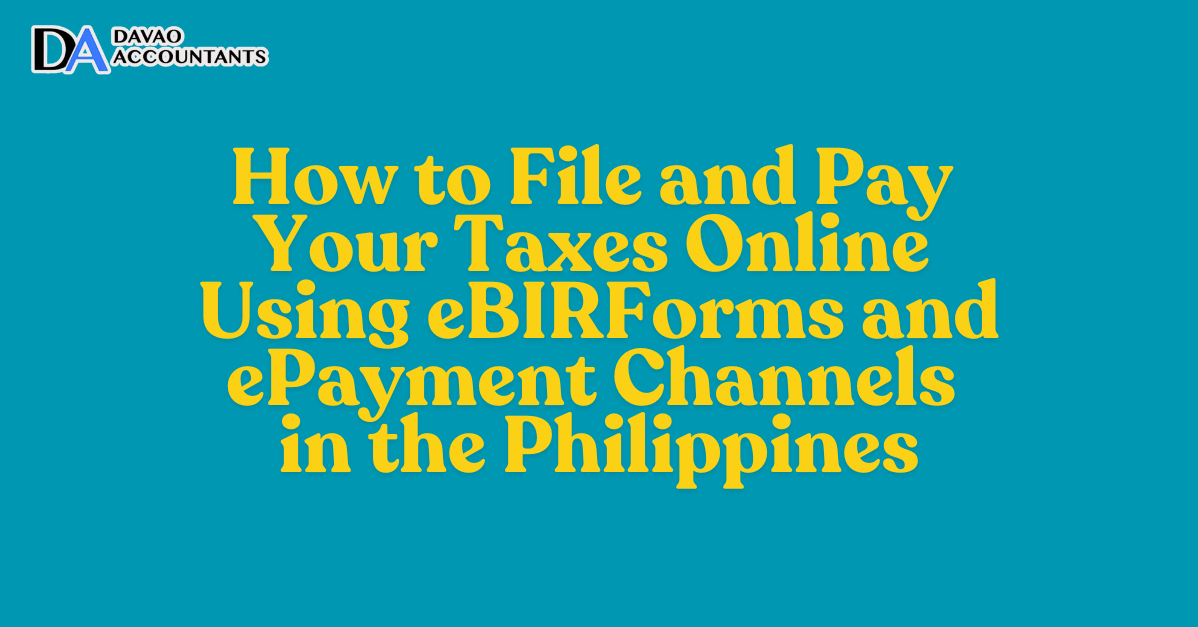Forming a corporation in the Philippines involves several steps and compliance with various legal requirements. This guide provides a detailed overview of the process, from initial considerations to post-incorporation compliance.
Table of Contents
Toggle1. Understanding the Types of Corporations
Stock Corporations
These are corporations with capital stock divided into shares owned by shareholders. They are formed for profit, and profits are distributed as dividends.
Non-Stock Corporations
These corporations do not have capital stock. They are formed for purposes other than profit, such as charitable, educational, cultural, or similar objectives. Profits are not distributed to members but are used for the corporation’s purpose.
2. Pre-Incorporation Considerations
Business Plan
Before forming a corporation, it’s essential to have a solid business plan outlining your business objectives, target market, competitive analysis, and financial projections.
Name Reservation
Reserve your corporate name with the Securities and Exchange Commission (SEC) to ensure it’s unique and not similar to any existing entity. This can be done through the SEC’s online system.
3. Steps to Form a Corporation
Step 1: Draft the Articles of Incorporation and Bylaws
Articles of Incorporation: This document includes essential details about your corporation, such as the corporate name, purpose, principal office address, term of existence, names of incorporators, capital structure, and subscription details.
Bylaws: These are the internal rules governing the corporation’s management, including the duties of directors and officers, meeting procedures, and other corporate governance matters.
Step 2: Obtain Pre-Incorporation Requirements
Treasurer’s Affidavit: A sworn statement by the treasurer-in-trust certifying that the required capital stock has been subscribed and paid.
Subscription Agreement: An agreement among the incorporators to subscribe to the shares of the corporation.
Step 3: Register with the SEC
Submit the following documents to the SEC:
• Reserved Name Registration
• Articles of Incorporation
• Bylaws
• Treasurer’s Affidavit
• Subscription Agreement
• Incorporators’ Identification
Pay the necessary fees and wait for the SEC to process your registration. Once approved, the SEC will issue a Certificate of Incorporation.
Step 4: Post-Incorporation Registrations
Mayor’s Permit: Register with the local government unit (LGU) where your principal office is located to obtain a Mayor’s Permit or Business Permit.
Bureau of Internal Revenue (BIR): Register with the BIR to obtain a Tax Identification Number (TIN) and register your books of accounts, receipts, and invoices.
Social Security System (SSS), Philippine Health Insurance Corporation (PhilHealth), and Home Development Mutual Fund (Pag-IBIG): Register your corporation and employees with these agencies for social security, health insurance, and housing fund benefits.
4. Compliance and Reporting Requirements
Annual Requirements
General Information Sheet (GIS): Submit to the SEC within 30 days from the date of the annual stockholders’ meeting.
Audited Financial Statements (AFS): Submit to the SEC and BIR annually. The AFS must be audited by an independent certified public accountant (CPA).
Quarterly Requirements
Quarterly Income Tax Returns: File with the BIR.
Value Added Tax (VAT) Returns: File monthly and quarterly if applicable.
Other Reporting Requirements
Board Resolutions: Submit to the SEC any significant board resolutions, such as amendments to the Articles of Incorporation or Bylaws.
Amendments: Any changes to the Articles of Incorporation or Bylaws must be approved by the SEC.
5. Closing a corporation
If you need to close your corporation, follow these steps:
1. Board Resolution: Pass a board resolution to dissolve the corporation.
2. Notice of Dissolution: File a notice of dissolution with the SEC.
3. Liquidation: Liquidate the corporation’s assets and settle its liabilities.
4. Final Tax Clearance: Obtain a tax clearance from the BIR.
5. Dissolution with the SEC: File the final dissolution documents with the SEC to dissolve the corporation officially.
Conclusion
Forming a corporation in the Philippines involves careful planning, compliance with legal requirements, and adherence to ongoing reporting obligations. By following this comprehensive guide, you can navigate the incorporation process smoothly and ensure your corporation operates within the bounds of Philippine law.
For personalized assistance and expert guidance on forming your corporation, contact Davao Accountants. Our team of experienced professionals is ready to help you every step of the way, from incorporation to compliance and beyond.











